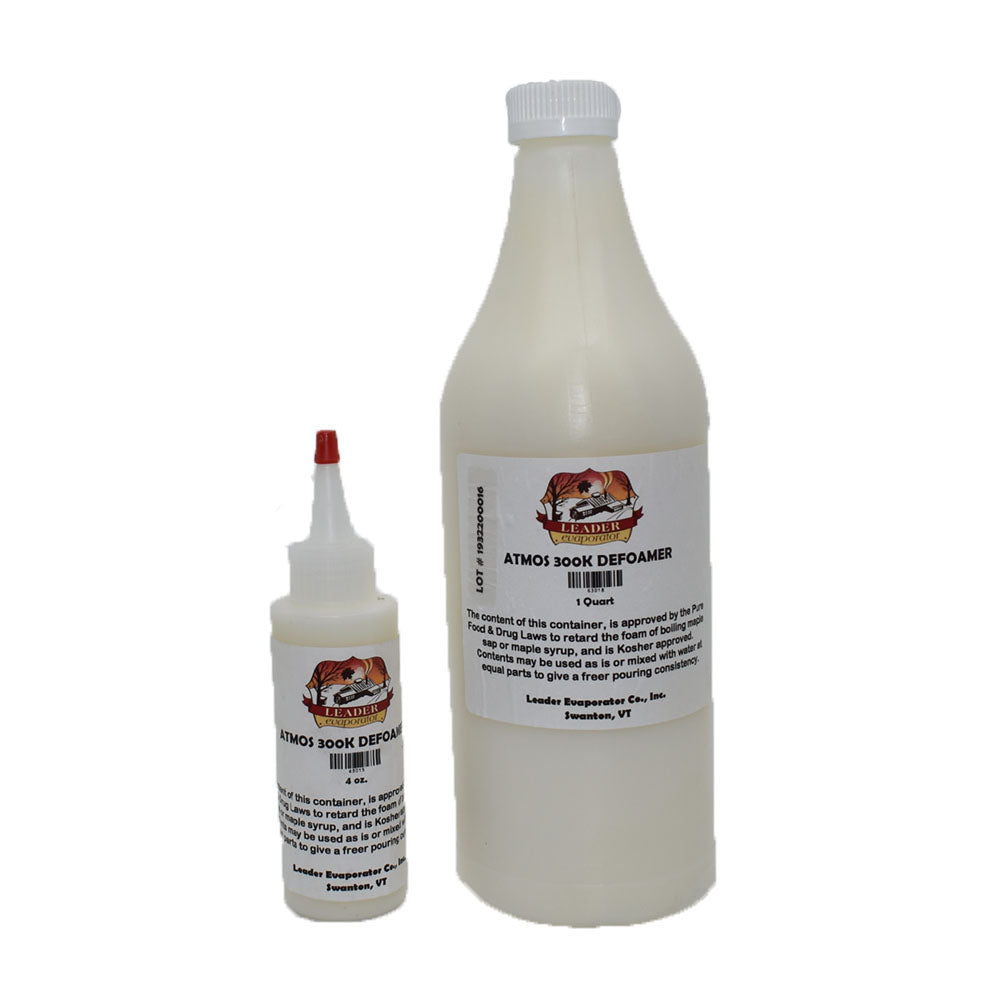The Function of Defoamers in Enhancing Product Top Quality and Efficiency
Defoamers serve as vital ingredients that alleviate this concern, guaranteeing smoother production process while enhancing the visual and useful characteristics of the final items. The selection of the appropriate defoamer can be crucial to accomplishing ideal outcomes, raising essential concerns regarding solution compatibility and efficiency metrics that warrant more expedition.
Understanding Defoamers
Recognizing the role of defoamers is important for maintaining product quality throughout numerous sectors. Defoamers are chemical ingredients created to minimize and prevent the formation of foam in fluid systems, which can detrimentally affect processes such as blending, loading, and surface area stress. Frothing can cause inadequacies, product problems, and jeopardized visual charm, making defoamers an important element in manufacturing operations.
In commercial applications, defoamers help to enhance item uniformity and security. In the paint and finishes market, foam can conflict with the application procedure and the final coating. In food and beverage manufacturing, too much foam can impede bottling and packaging performance. The efficient use defoamers not only guarantees smoother manufacturing processes but also contributes to premium product efficiency.
Moreover, the option and solution of a defoamer should straighten with specific application demands, such as compatibility with other ingredients, efficiency under differing temperature and pH problems, and prospective governing restraints. Ultimately, comprehending defoamers' features and their value in different solutions is vital for optimizing production and ensuring the best quality final product.
Kinds Of Defoamers
Defoamers can be categorized into numerous kinds based on their composition and system of activity. The key kinds include silicone-based, non-silicone organic, and inorganic defoamers.
Silicone-based defoamers are among one of the most reliable, primarily because of their capability to spread out promptly on the fluid surface area and disrupt foam formation. Their distinct chemical framework permits superior security, making them ideal for high-temperature applications and environments with varying pH degrees.
Non-silicone organic defoamers, commonly made up of natural oils or fats, are valued for their biodegradability and lower toxicity. These are commonly used in food and drink applications where safety and ecological impact are critical.
Not natural defoamers, which include materials like talc or calcium carbonate, act by enhancing the thickness of the liquid, thereby decreasing foam stability. They are commonly used in commercial processes where compatibility with other materials is not a concern.
Each kind of defoamer has distinct benefits and constraints, permitting tailored services depending on the details frothing concerns come across in different applications. Comprehending these differences is crucial for maximizing efficiency and accomplishing preferred item quality.
Applications Throughout Industries
Countless markets leverage defoamers to boost product top quality and operational performance. In the food and beverage sector, defoamers are crucial in procedures such as brewing and milk production to stop foam development, which can result in inadequacies and product inconsistency. By managing foam, manufacturers can make certain much better return and a more consistent product.
In the pharmaceutical sector, defoamers play an important duty in the formula of fluid medications, where too much foam can hinder blending and accurate dosing. Their usage helps keep the integrity of the formulas and facilitates smoother production procedures.
The paint and finishings sector likewise counts on defoamers to improve the efficiency of items during application. By lessening foam, these ingredients guarantee a smoother surface and boost the aesthetic high qualities of the end product.

Advantages of Making Use Of Defoamers
While the application of defoamers differs throughout sectors, their advantages continually improve item top quality and procedure effectiveness. One considerable advantage is the decrease of foam development throughout manufacturing procedures, which can otherwise lead to production hold-ups and variances in product quality. By minimizing foam, defoamers make it possible for a smoother circulation of materials, helping with more reliable Read More Here procedures and decreasing the likelihood of tools breakdowns.
Additionally, the use of defoamers can boost the look and texture of end products. In sectors such as coatings, paints, and food handling, extreme foam can compromise the aesthetic appearances and general quality, while the proper defoamer application guarantees an uniform coating and desirable characteristics. Defoamers can add to cost financial savings by decreasing waste throughout production and maximizing the use of raw products.

Selecting the Right Defoamer
Selecting the right defoamer is essential for optimizing manufacturing procedures and making certain item top quality. The option of defoamer influences not just the performance of foam control yet likewise the general performance characteristics of the final product. Elements to consider consist of the kind of application, the chemistry of the formula, and the environmental conditions under which the product will certainly be made use of.
Different industries might require details defoamer kinds, such as silicone-based, organic, or polymeric defoamers. Understanding the compatibility of the defoamer with the key ingredients is necessary to avoid damaging responses that could endanger item stability. Additionally, the defoamer's effectiveness in numerous temperatures and pH degrees have to be reviewed to make sure consistent efficiency.
Evaluating the defoamer in small-scale applications can supply important understandings into its performance and suitability. Factor to consider of regulatory conformity, especially in food, pharmaceuticals, and cosmetics, is extremely important in choosing a defoamer. Ultimately, a detailed evaluation of these variables will result in the choice of a defoamer that not just controls foam successfully yet also improves the high quality and performance of the last item.
Conclusion

In verdict, defoamers are crucial ingredients that dramatically enhance product investigate this site quality and performance throughout different industries. The calculated option and application of defoamers lead to cost savings, maximized source use, and increased client fulfillment.
Foaming can lead to inadequacies, item defects, and compromised visual charm, making defoamers a vital component in making operations.

Comments on “Effective Use of Defoamers in the Pharmaceutical Manufacturing Process”